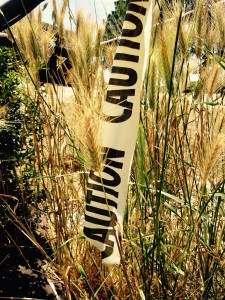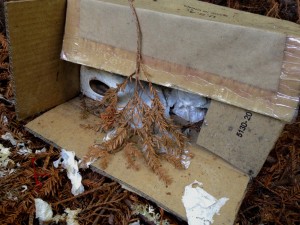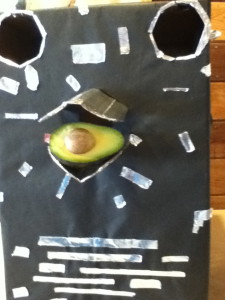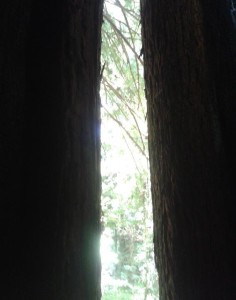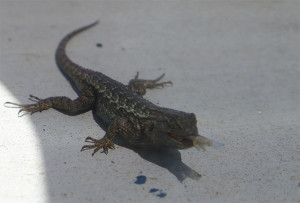The art and science of medical research
Submitted by Caroline Wellbery on Monday, 07/13/2015 5:30pm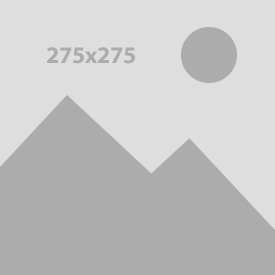
Here's to my trial run as an artist-scientist (from my current writing efforts), an account of my attempt at research before I went to medical school: Luckily, another job opportunity came along. Luckily, I say, for me. I can't say the same for my boss. It's possible that the collapse of her lab and her subsequent departure into administration was a direct result of her undiscriminating choice of research assistants such as myself. The lab was ugly. Such places are made for scientists, meaning that they contain no drapes, sofas, art prints, or nice rugs.


